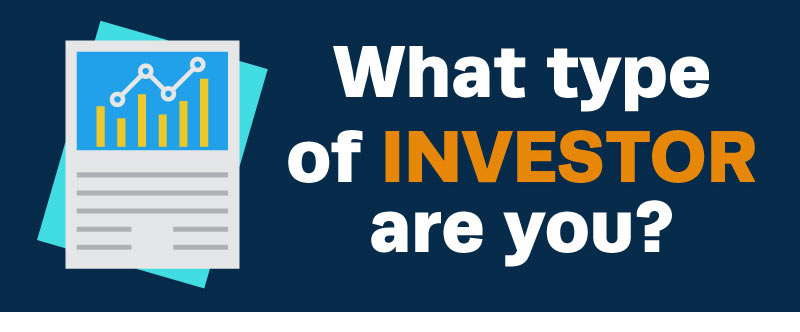What’s the Average Stock Market Return?
Successful investing is all about returns – the higher your return on investment (ROI), the better the investment was! Different investment options have different rates of return and varying risk associated with them. Often, the two correlate. Historically, the stock market has shown itself to be the perfect balance of risk versus reward. It begs the question: What’s the average stock market return and is the ROI worth it?
The stock market historically returns an average of 7% to 8%*
You’re probably looking at the asterisk in the above headline with suspicion. Don’t worry, 7% to 8% is the real value of average stock market returns. The reason it’s asterisked is because that number is often subject to debate. Many people will tell you that historical stock returns hover around 10%, and they’d be right. However, inflation also goes up 2% to 3% per year.
So what is the average stock market return? On paper, it’s about 10%. In real after-inflation dollars, it’s closer to 7% to 8%. Either way, it’s not a bad rate of return – especially when you consider the broader bull and bear market return periods.
Consider bull and bear market returns
As we all know, the stock market goes through periods of growth and contraction over time. These are called bull and bear markets. During these periods, returns can vary greatly. Check out a few examples, including a look at the stock market return for the last five years:
- Some of the most historic years for the stock market were from 1995 to 2000. This bull market returned an average of 20.24% to investors. This booming period was followed by three years of contraction, but the market still came out ahead of the 7% to 8% average!
- Most people are familiar with the bear market between 1930 and 1935. This market was part of a roller-coaster decade and this five-year period was one of the worst, with losses of -8.6%. It’s called the Great Depression for a reason!
- Want a more recent example? Looking at the last five years (2014 to 2019), the stock market returned an average of a little over 12% to investors, qualifying it as a very good bull market to be in.
It’s best to look at stock market returns over different periods of time. Looking at individual years doesn’t really paint a long-term investment picture. For example, the stock market return for 2019 was 28.88%! This spike is great for investors, but doesn’t necessarily represent accurate returns over the long-term.
Returns can fluctuate based on the portfolio
So far, we’ve talked about stock market’s average returns. But these only apply to index funds. Investors who choose individual companies are likely to see much different returns.
For example, if you invested in Target (NYSE: TGT) in 2019, you were rewarded with 94.5% growth, as the stock nearly doubled! Likewise, if you held shares of utility company PG&E (NYSE: PCG) last year, you saw shares lose 53.4% of their value. These examples show the range of growth and loss you might see within the market.
You might also consider how different sectors of the market performed. Semiconductors and credit services companies soared in 2019, while wireless communications and natural resources companies took a dive. Investors in ETFs might’ve seen their portfolio outpace or fall behind the market, depending on their area of focus.
Finally, more advanced investors might see greater gains or losses as they look at options and shorts. Options trading can unlock huge ROI for investors who feel strongly about their investment thesis – returning many multiples of gains (or losses) based on a stock’s performance. Likewise, shorting a stock you expect to do poorly can reward you with big returns or heavy losses depending on its performance.
Average stock market returns depend on scale
Your experience with stock market ROI really depends on the level of risk you assume. Low-risk index funds will likely pace the market average of 7% to 8%, rising and falling in bull and bear markets. ETF and sector-based investors can reap higher returns and losses depending on specific sector performances. Investors willing to take on more risk might play options or take a short position in single securities.
When you think about it, the average stock market returns are always going to be more than most other forms of investing. They’ll beat high-yield savings accounts and bonds almost every time. The stock market is often safer than a new business venture investment. Suddenly, 7% to 8% average ROI starts to look pretty good!





